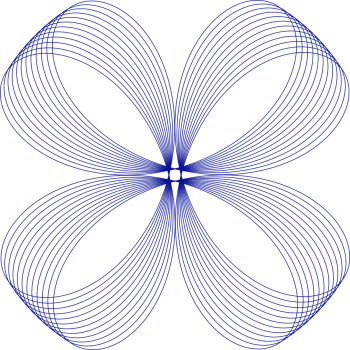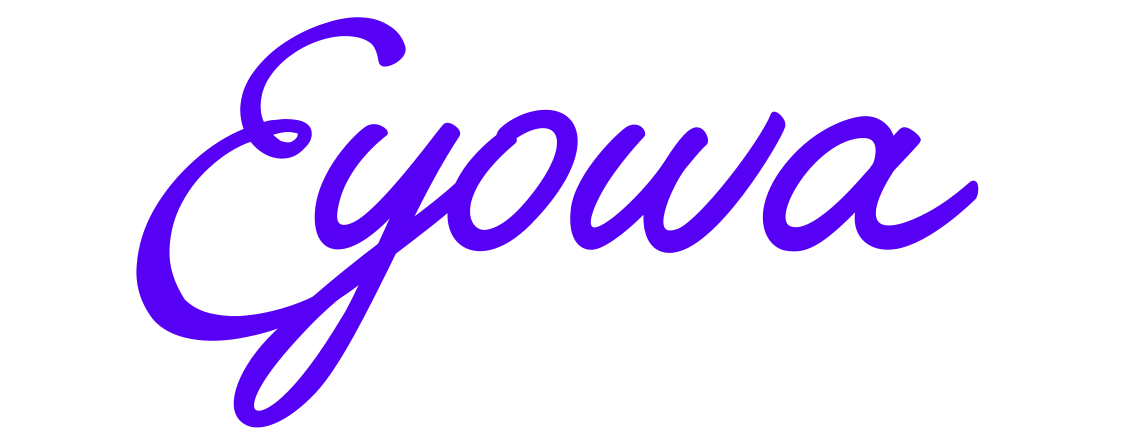
eastern methods
Traditional Chinese Medicine (TCM) considers the human at the center of the universe as an antenna between celestial and earthly elements. These elements are water, earth, metal, wood, and fire. These elements are represented in our system by sets of organs, and the meridians that run through our system. The elements represented in our system are often unbalanced, and TCM methods always aim to restore that balance. The Five Elements are a comprehensive template that organizes all natural phenomena into five master groups in nature. Each of the five groups (wood, fire, earth, metal, and water) include categories such as seasons, directions, stages of growth and development, internal organs, body tissues, emotions, tastes, colors, or sounds.
The elements reflect a deep understanding of the universal order underlying all things in our world. They are interconnected and they influence each other, either through generation (nurturing and promoting the other element) or support (keeping the other element in balance by restraining it). Each element has a certain task, such as the water element having a purifying task, represented in the body by the bladder and kidneys. In case there would be too much fire represented in the system, water would have the ability to wash away the excess fire. The other elements interact with each other in similar ways.
The energy within the elements in our system has a yin and a yang component. Our system aims to keep a balance between yin and yang, where yin is associated with a softer, darker, colder, resting, and feminine energy, and yang is associated with a stronger, shinier, warmer, active, and masculine energy. The right balance, maintenance, and circulation of these energies in our system are essential for health. When the yin and yang energies fall out of harmony, we can develop diseases. Acupuncture is a component of TCM commonly found in Western medicine. Some herbal treatments used in TCM can be very effective and could in some cases replace pharmaceutical drugs. To enjoy the benefits of the traditional TCM, it’s wise to find a certified practitioner.
Ayurveda has its origins in India, and it also identifies five elements that are represented in all organic and inorganic things in the material world. In the human biological system, three forces govern all processes in life. These forces are called the doshas and they are composed of one or two elements. They regulate every physiological and psychological process in living organisms. The interplay among the three doshas determines the qualities and conditions of the individual. A harmonious state of the three doshas creates balance and health; an imbalance, which might be an excess or deficiency, could manifest as a sign or symptom of disease.
The first and often considered the most powerful dosha is Vata. Vata represents the movement system, which controls basic bodily functions such as our cell division, blood flow, breath, our nervous system, and our mind. It is related to the air and our experience of fear and grief. The second dosha is Pitta. Pitta represents the digestive system, which controls metabolism and hormones linked to our appetite. It is related to our inner fire, our intellect, and our emotions. The third dosha is Kapha. Kapha represents our structure, which controls our muscle growth, body strength, weight, immune system, stamina, and mental stability. It is related to earth and water.
Ayurvedic practitioners can assess how the energy is divided between the doshas. During an Ayurvedic treatment, the practitioner creates a specifically designed treatment plan, considering the unique physical and emotional makeup, primary life-force, and the balance between these elements. The goal of the treatment is to cleanse our bodies of undigested food, which can stay in our bodies and lead to illness. The cleansing process is called panchakarma. It is designed to restore harmony and balance. To achieve this, an Ayurvedic practitioner might use massage, medical oils, herbs, and enemas or laxatives. Finding a certified practitioner is recommended for any of the treatments.
